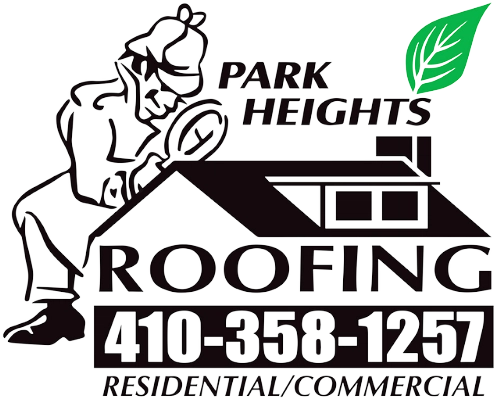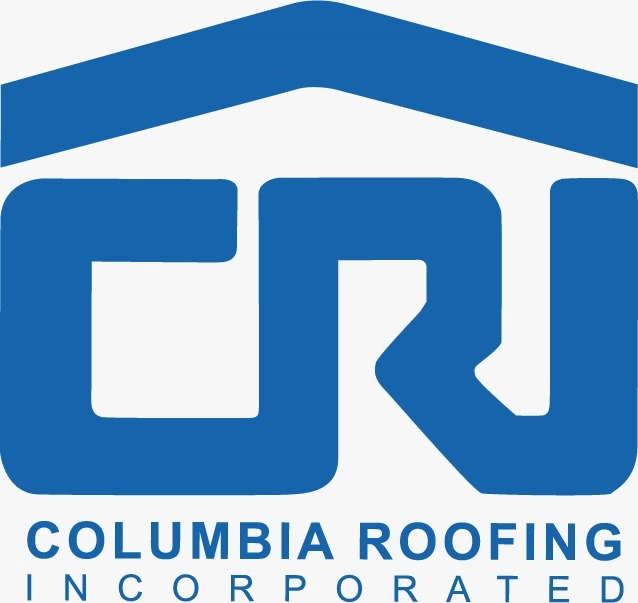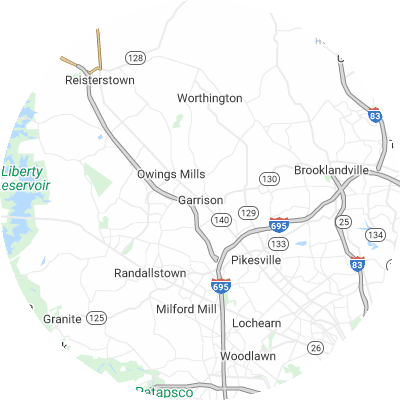Signs You May Need Gutter Guards
Although gutter guards aren't always necessary, the symptoms of congested gutters are typically clear. Signs of ongoing gutter problems include:
- Frequent clogs that lead to overflow and water spilling over gutters
- Soggy ground or visible erosion patterns around your foundation
- Leaky joints or seams where water leaks out of gutters
- Mold growth, interior wall stains, or peeling exterior paint on walls near gutters.
- Visibly damaged, sagging, or misaligned gutters that no longer correctly direct rainwater
How To Choose a Gutter Guard Installer
Assess Their Experience
The right installation company will have ample experience, including many years in business and experience with numerous brands and models. Companies with experience can properly measure and fit gutter guards to meet your distinct needs. Inquire about how long a company has been performing installations and request referrals from nearby customers.
Verify Proper Licensing and Insurance
Always ensure professional gutter guard installers are licensed, bonded, and have general liability insurance and workers compensation. This protects you from liability for any accidents or injuries that might happen. Ask to see current licensing and insurance papers when speaking to potential providers.
Choose Reputable Brands
Seek out companies that carry leading reputable gutter guard brands such as Gutter Helmet and LeafFilter. Be wary of companies that only carry generic no-name or their own off-brand guards, as these likely lack the rigorous testing of larger brands.
Seek Custom Fit Services
Guards should be custom fitted on location to match your gutters. Pick a company that custom measures and trims guards for your house rather than using universal guards. Guards fitted for your home leave no gaps for debris accumulation.
Examine Warranties
Leading gutter guard installers often offer 20-year or lifetime warranties that protect against rust, leaks, clogs, and other issues. When picking a company, carefully examine the warranty details for both materials and workmanship guarantees. Warranties give you the most effective protection for your gutter investment.
Check Reviews and Referrals
It's a good idea to research online reviews on Google Reviews, the Better Business Bureau (BBB), Yelp, and other review sites to see customer feedback. Ask neighbors which companies they recommend for quality local gutter guard installation. When researching, look for providers with plenty of satisfied customers rather than just a single recommendation.
Types of Gutter Guards
There are six most common gutter guard types. These include the following:
- Brush guards are what they sound like: large brush bristles that sit in your gutters to catch debris while letting water through. On average, you can expect to pay $4.02 per linear foot for brush guards.
- Foam guards consist of pieces of foam that sit in your gutters to block debris. They're light and easy to install. Foam guards cost roughly $2.44 per linear foot.
- Screen guards have large holes that let water through while keeping out debris. On average, you can expect to pay $3.79 per linear foot for screen guards.
- Mesh guards stop debris but allow water to flow through. Mesh guards have even smaller holes than screen guards. They're durable and encourage debris to slide off as opposed to sitting on top of your gutters. On average, you can expect to pay $3.66 per linear foot for mesh guards.
- Micro-mesh guards have even smaller holes than mesh guards, allowing even less debris through than mesh. These guards are extremely effective. Micro-mesh guards cost roughly $4.78 per linear foot.
- Surface tension guards, also called reverse curve guards, use surface tension to allow water to flow into your gutters while debris slides off. Generally, they will be visible from the ground. On average, you can expect to spend $2.81 per linear foot for surface tension guards.













